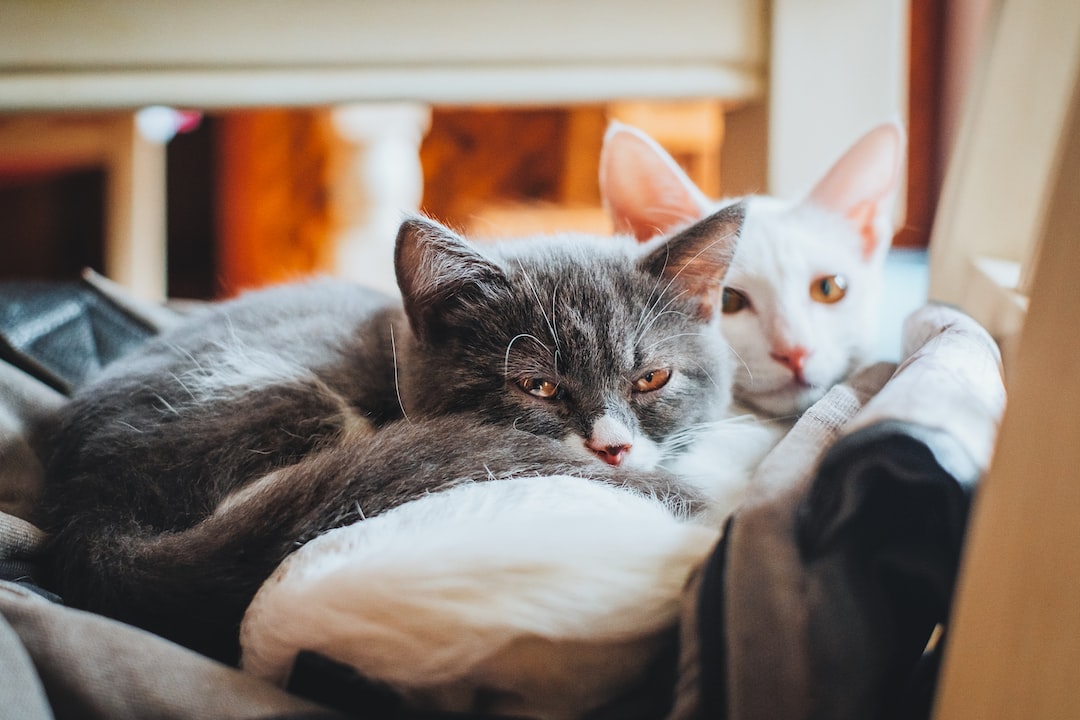How to Introduce Your Pet to a New Baby: A Guide for New Parents
Bringing a new baby into your home is an exciting time, but it can also be a source of anxiety, especially when you have a beloved pet. Introducing your pet to your new baby requires careful planning and preparation to ensure the safety and well-being of both the baby and the pet. In this guide, we will provide you with essential tips on how to smoothly introduce your pet to your new bundle of joy.
1. Prepare Your Pet in Advance
Before your baby arrives, it is crucial to acclimate your pet to the changes that will occur. Begin by gradually introducing new scents such as baby lotion or powder into your daily routine. Allow your pet to sniff and become accustomed to these new smells. Additionally, familiarize your pet with baby sounds by playing recordings of crying or babbling noises. This will help to desensitize your pet and reduce any potential stress or anxiety they may experience.
2. Create a Baby-Safe Space
Setting up a baby-safe space will provide a secure area for your baby and pet to interact. This could be a baby’s nursery or a designated corner of the living room. Install baby gates or use pet barriers to prevent your pet from entering the baby’s space unsupervised. This precaution allows your pet to observe the baby from a distance and gradually become comfortable with their presence.
3. Gradual Introductions
Introduce your pet to the baby in a controlled and gradual manner. Start by allowing your pet to sniff and explore the baby’s nursery while the baby is not present. Next, bring a blanket or clothing item with the baby’s scent for your pet to investigate. This will help your pet become familiar with the baby’s smell before the physical introduction.
4. Supervised Encounters
When it’s time for your pet and baby to meet face-to-face, ensure that it is in a calm and controlled environment. Have your pet on a leash or use a baby gate as a barrier, allowing your pet to feel secure while observing the baby. Reward positive behavior from your pet with treats and praise, creating positive associations with the presence of the baby. It is crucial to closely monitor both the baby and pet during these encounters to prevent any accidents.
5. Respect Your Pet’s Boundaries
It is important to remember that not all pets may immediately warm up to the presence of a new baby. Respect your pet’s boundaries and allow them to approach the baby at their own pace. If your pet appears anxious or stressed, give them space and ensure they have a comfortable retreat area away from the baby. Patience and understanding are essential during this adjustment period.
6. Maintain Routine and Affection
With the arrival of a new baby, your pet’s routine may be disrupted. To ease any potential anxiety, try to maintain regular feeding and exercise schedules for your pet. Additionally, continue to provide love and attention to your pet, even with the demands of a newborn. This will reassure your pet that they are still an important part of the family dynamic.
7. Safety Measures
While it is essential to foster a positive relationship between your pet and the baby, safety should always be a priority. Never leave your pet and baby unattended together and never allow your pet to sleep in the same room as the baby. Trim your pet’s nails regularly to prevent accidental scratches, and always ensure that your pet is up-to-date on their vaccinations and parasite prevention.
In conclusion, introducing your pet to your new baby requires careful planning and patience. Gradual introductions, supervised encounters, and respecting your pet’s boundaries are key factors in creating a harmonious relationship between your pet and your baby. With time, guidance, and understanding, your furry friend and your bundle of joy can coexist happily and create lifelong memories together.

